Google Veo 3.1 is a new AI model that can create videos based on text or images. With it, you can turn a story, picture, or idea directly into a video, and it can also add music, voice, or other audio. This technology is important because it makes video creation much easier, faster, and more affordable, allowing anyone to produce professional-like content without cameras or studios. For example, if you write “a cat playing under the sun,” Google Veo 3.1 can read it and generate a video of that scene, complete with appropriate sound or music.
Read Now: How to Use Veo 3.1 Gemini for AI Video Creation
History & Evolution of Veo
Google DeepMind developed Veo to simplify and revolutionize the process of video creation using AI. The journey began with Veo 1, which introduced basic text-to-video capabilities, followed by Veo 2, which improved video quality, added more customization options, and supported richer audio integration. With Veo 3, the model became even more advanced, capable of generating high-quality, realistic videos from text or images with enhanced audio features. The first public preview of Veo 3 was made available through Vertex AI, allowing developers and creators to experiment with its powerful video-generation capabilities.
What’s New in Veo 3.1
Veo 3.1 builds upon Veo 3 with several significant improvements and new features. One of the main differences is the enhanced realism, allowing videos to look more lifelike and natural. Audio and sound quality have also been upgraded, making the overall experience richer. Veo 3.1 introduces innovative tools like Ingredients to Video, which generates videos with audio from three images, and Frames to Video, which creates a video by using only the starting and ending frames. The Scene Extension feature allows short videos to be seamlessly extended, while Object Removal lets users remove unwanted objects from a video. Additionally, Veo 3.1 comes in two versions: Standard and Fast, catering to different user needs for speed and quality.
How to Use Veo 3.1
Veo 3.1 can be accessed through Vertex AI or the Google Gemini API, making it convenient for both beginners and advanced users. The process is simple: first, you provide a text or image prompt to the model. Next, the AI generates a video based on your input. Once the video is ready, you can preview it with audio to see the results. Finally, the video can be downloaded or shared directly. Veo 3.1 is designed for both mobile and desktop users, making it flexible for creators to use it anywhere.
Read More: Veo 3.1: Google’s Latest AI Video Generation Tool
Advantages of Veo 3.1
Veo 3.1 makes video creation easier and faster than ever before, reducing the need for complex filming or editing. It is especially helpful for content creators, including those working in social media, marketing, or education, enabling them to produce engaging videos quickly. The platform also allows users to explore new storytelling methods, turning simple ideas into visually appealing narratives. Additionally, Veo 3.1 offers seamless integration with other Google AI tools, enhancing its versatility and making it a valuable asset in the broader AI ecosystem.
Challenges and Risks of Veo 3.1
While Veo 3.1 offers powerful video-generation capabilities, it also comes with certain challenges and risks. One major concern is the potential for deepfake videos and misinformation, which could be misused to spread false content. There are also ethical and safety issues, as AI-generated videos may unintentionally depict sensitive or harmful scenarios. From a technical perspective, the model still has limitations, such as difficulties in creating very long videos or handling highly complex scenes. Cost and availability can also be a barrier for some users, and there are important copyright and intellectual property concerns when generating content based on existing media.
Real-World Examples of Veo 3.1
Veo 3.1 is already being used in several real-world applications, showcasing its versatility. It can integrate with tools like Flow for AI-assisted filmmaking, allowing creators to produce short films and creative projects with minimal effort. Many content creators are leveraging Veo 3.1 to generate social media and marketing videos, while educators and trainers are using it to develop engaging educational and training videos that help explain complex concepts visually.
Future Scope of Veo 3.1
The future of Veo 3.1 looks promising, with plans to support longer and more complex video creation, making it even more powerful for professional storytelling. The model is expected to become increasingly accessible on mobile and global platforms, enabling creators from around the world to experiment. As AI filmmaking evolves, Veo 3.1 will likely drive new innovations in storytelling, pushing the boundaries of how ideas are visualized and shared.
Conclusion
Veo 3.1 is a revolutionary AI tool that transforms text and images into realistic videos with audio, making video creation easier, faster, and more accessible. While it offers significant advantages for creators, such as enhanced storytelling and seamless integration with other AI tools, users must remain aware of ethical, copyright, and misinformation risks. For beginners, Veo 3.1 provides a simple and practical way to learn, experiment, and create, opening up new opportunities for creativity and content innovation.


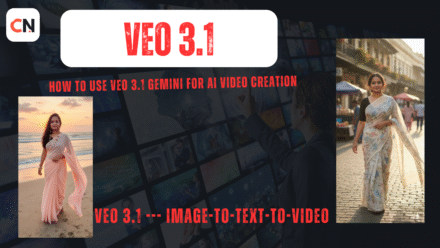
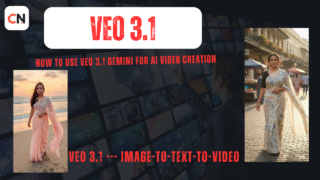
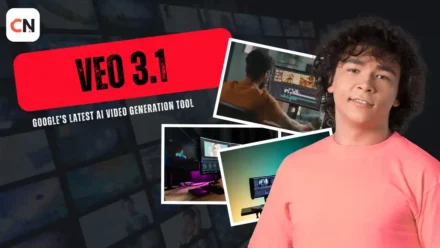
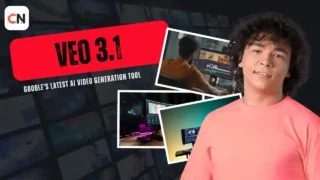
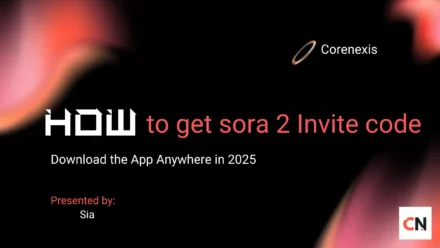
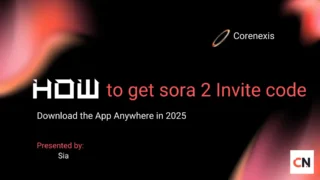
Leave a Comment